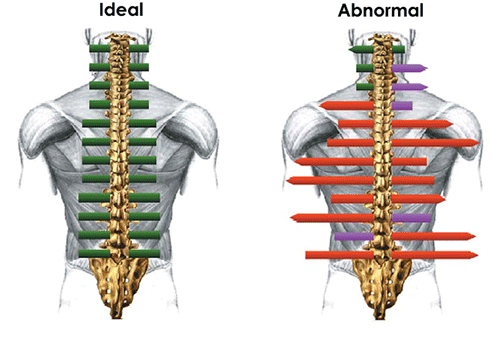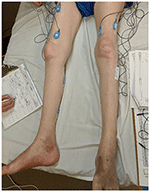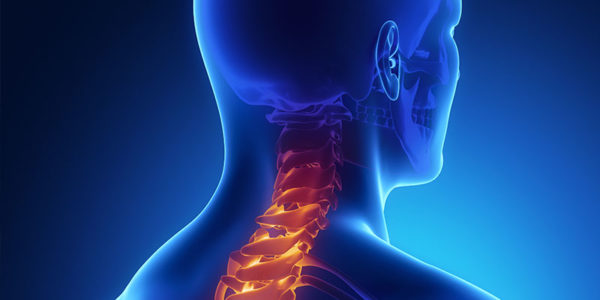

Please give the physician performing your examination a list of medications you are currently taking.


The skin is sterilized with alcohol pads, and sterile, single-use, prepackaged wire electrodes are used and discarded after each and every examination, so infections are extremely rare. Please notify us if you are on a blood thinner or have a bleeding disorder. With the EMG, you may develop small bruises or swelling at some of the needle insertion sites. If you have a cardiac defibrillator or a pacemaker, notify us before the examination.Įlectromyography (EMG) is very safe. There is a theoretical risk that if you have a cardiac defibrillator, the shock from the nerve conduction study may activate it. The voltage of electrical pulses is not high enough to cause an injury or permanent damage. Nothing is inserted into the skin, so there is no risk of infection. There are no risks associated with nerve conduction studies. Several PSSP physicians have achieved expertise in this procedure. This procedure is performed by a physician trained in electro-diagnostic medicine. This test measures how quickly the motor and sensory nerves are conducting messages from one point to another. Nerve Conduction Study (NCS) involves small shocks using a stimulating electrode and measured by recording electrodes. By observing the activity on the screen as well as listening to the activity, this test is used to detect current or past irritation or impingement of the nerve, a problem with the nerve to muscle junction, or a problem with the muscle itself. WHAT IS AN EMG/NCS?Įlectromyography (EMG) involves a very thin needle or wire electrode that is placed into your muscle.

Conditions commonly diagnosed with the use of EMG/NCS include carpal tunnel syndrome, cervical radiculopathy (nerve root impingement or irritation in the neck), and lumbar radiculopathy (nerve root impingement or irritation in the lower back). EMG/NCS is a useful test that can be used to complement the information obtained in a history, the physical examination, and tests. In addition, x-rays, CT scans, and MRI scans are often non-specific and may demonstrate multiple abnormal findings, each of which may be capable of being the source of numbness, tingling, pain, weakness, and loss of muscle bulk. These tests do not actually demonstrate what is actually going on with the nerve itself. While x-rays, CT scans, and MRI scans are useful in producing a picture that you doctor can use to infer the possibility of a nerve impingement or a nerve irritation. Numbness, tingling, pain, weakness, and loss of muscle bulk may indicate a nerve impingement or a nerve irritation.


 0 kommentar(er)
0 kommentar(er)
